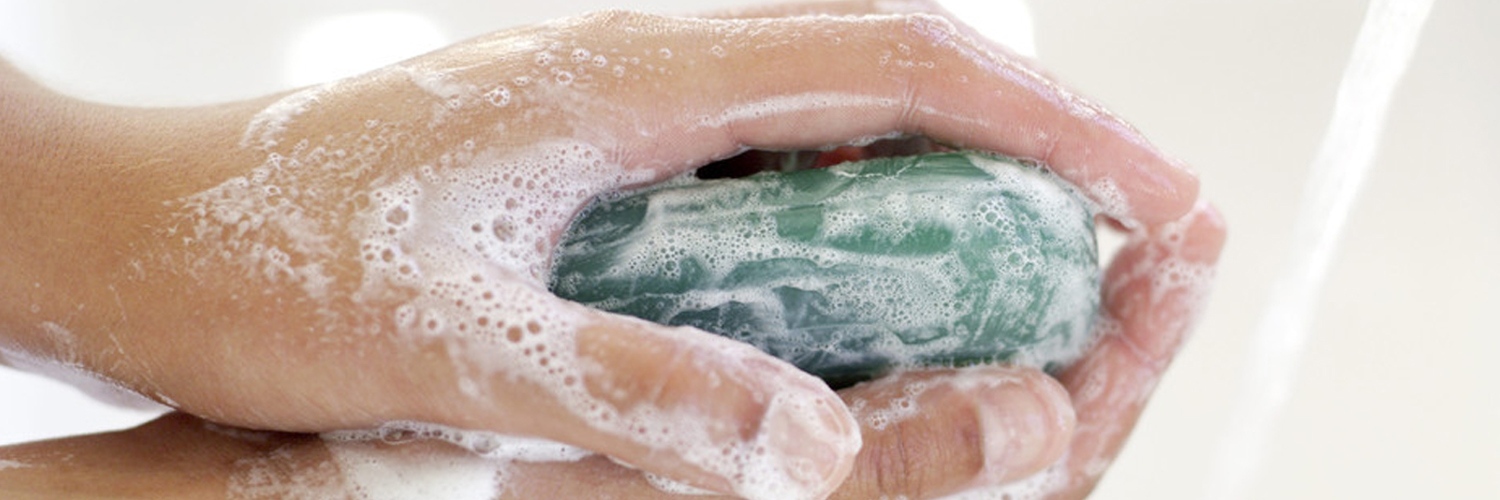Emerging 1,4-Dioxane Standards
The New Year Brings New Laws on Permissible 1,4-Dioxane Concentrations
Marietta, GA. (December 22, 2022) – Once frequently used in solvents for metal degreasing, 1,4-dioxane is now regarded as a potentially hazardous material. In the U.S., a handful of states have passed regulations due to begin over the next few years. 1,4-Dioxane is a synthetic industrial chemical that can form as a byproduct when materials such as polyethylene and polyoxyethylene are used to manufacture a product. Everyday products may contain traces of 1,4-dioxane, including:
- Household cleansing products
- Paints and dyes
- Adhesives
- Soaps
- Shampoos
- Products for babies and children
- Cosmetic products
While this chemical degrades within several hours in the air, it also quickly dissolves into water and does not readily evaporate. Studies of rodent exposure via drinking water have indicated a potential link between 1,4-dioxane and an increased risk of liver cancers. The Environmental Protection Agency (EPA), among other research organizations, has called it a potential carcinogen to humans. Currently, no enforceable federal law restricts products containing 1,4-dioxane; however, multiple states have passed laws to safeguard against adverse health effects.
For instance, New York is gradually phasing out three types of commercial products sold or distributed within the state if they contain more than a trace of 1,4-dioxane. Effective January 1st, 2022, household cleansing and personal care products have a two parts-per-million (ppm) limit. By December 31st, 2023, New York will ban household cleansing products and personal care products that exceed one ppm and cosmetics exceeding ten ppm of 1,4-dioxane.
California’s Proposition 65 has listed 1,4-dioxane as a cancer risk for decades. The 2017 Cleaning Product Right to Know Act states that manufacturers must list 1,4-dioxane as an ingredient in products with ten ppm or higher concentrations.
Other states have passed laws that either limit or require manufacturers to report children’s products that exceed a certain level of 1,4-dioxane, including:
- Oregon
- Vermont
- Washington
- New York
As federal organizations and state governments take steps to review their stances on the chemical in manufacturing and final products, ATS will continue to monitor changes to standards and laws that affect our clients.
The FDA recommends manufacturers use vacuum stripping to remove 1,4-dioxane quantities from cosmetic products before distribution. However, trace amounts of the chemical may remain. Additionally, it is up to a manufacturer’s discretion whether to use this method. As such, ATS can test products for concentrations of 1,4-dioxane levels using Gas-Chromatography / Mass-Spectroscopy (GC-MS). GC-MS equipment allows ATS chemists and toxicologists to detect chemical traces. We measure in ppm so you can ensure industry standard and state regulation compliance.
